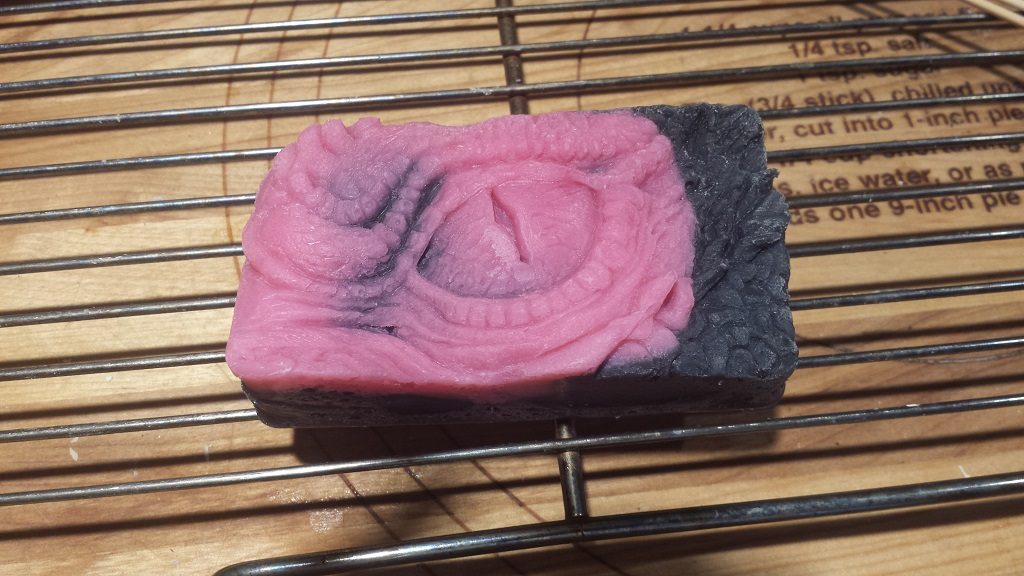Here are the chickens we want to order. I had put together a list based on research and talking to other people. Then I let Anya go through the hatchery’s website and pick the chickens she liked. Then I showed her where to find info about how many eggs they produce, if they are good in hot and cold weather, how friendly they are. We went through her list & eliminated birds that didn’t want to be in the cold, weren’t friendly, or only produce an egg a week. She really wants a white leghorn, but they say it’s not a good breed for cold weather. All but one of the ones I added were dropped because of lower egg production or less friendly personalities, so she was OK with removing some of her favorites from the list because sooooo many of mine got removed too.
Now we just have to wait until August for them to arrive! There’s evidently been a run on both chickens and seeds as people encounter runs on, well, everything at the grocery store.
| Name | Breed | Eggs-Low | Eggs-High | Climate | Personality | Egg Size | Eggs | Baby | Adult |
| Astra | Austra White | 208 | 260 | Heat and Cold Hardy | Quite, tame and docile | Large | 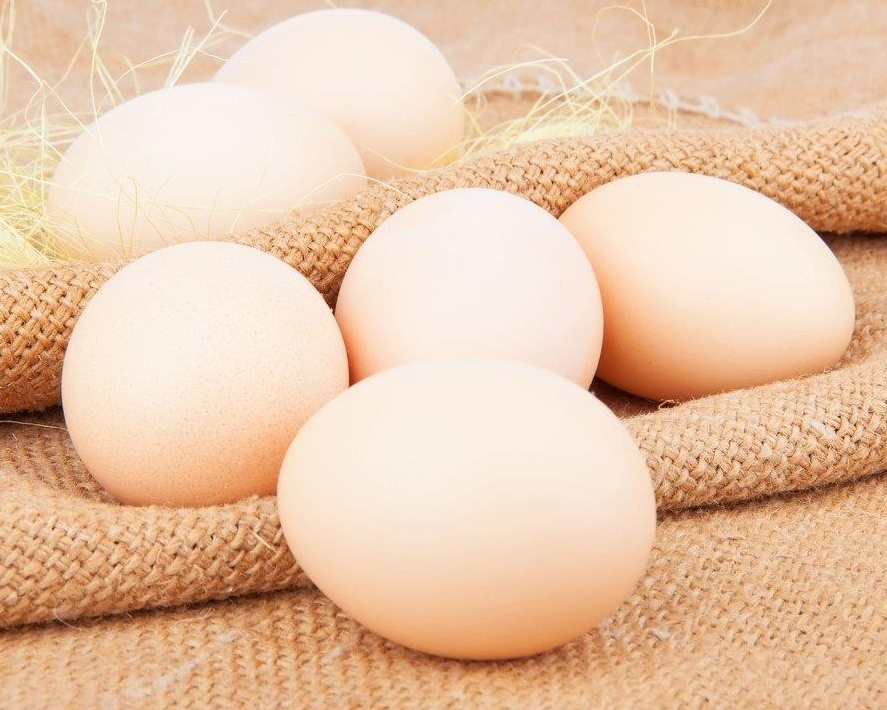 |
 |
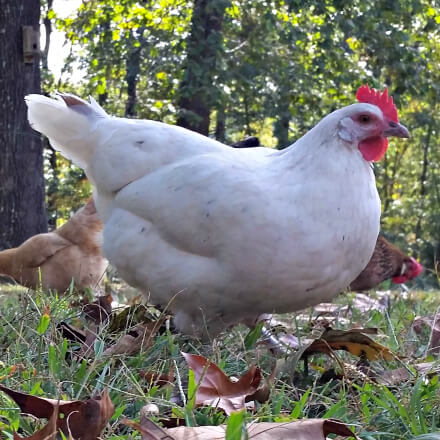 |
| Sunshine | Buff Orpington | 200 | 280 | Very Cold Hardy | Docile, Quiet & Affectionate | Large |  |
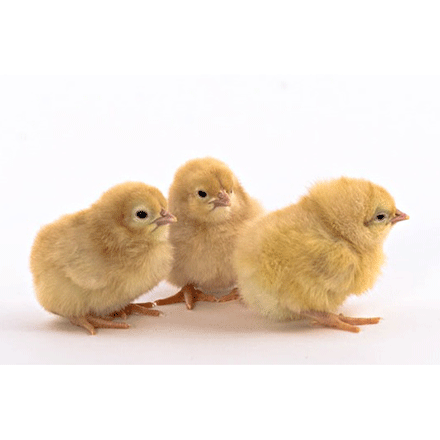 |
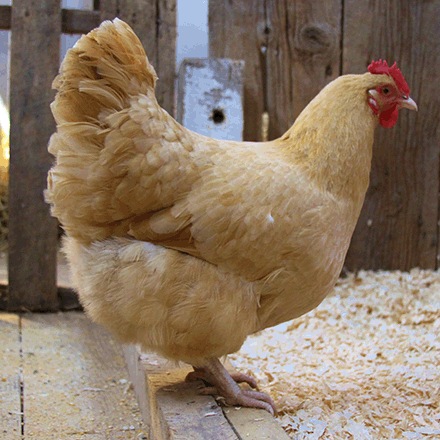 |
| Tilly | Columbian Wyandotte | 180 | Very Robust, Cold Hardy | Generally Docile | Large | 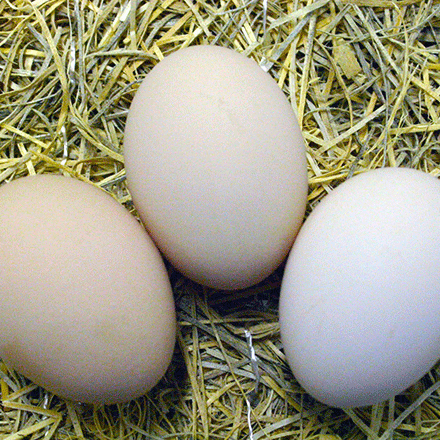 |
 |
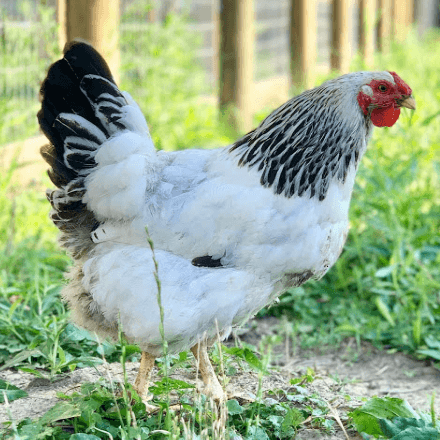 |
|
| Queenington | Green Queen | 208 | 260 | extremely hearty in all climates | Friendly, Docile, Good Pet | Large | 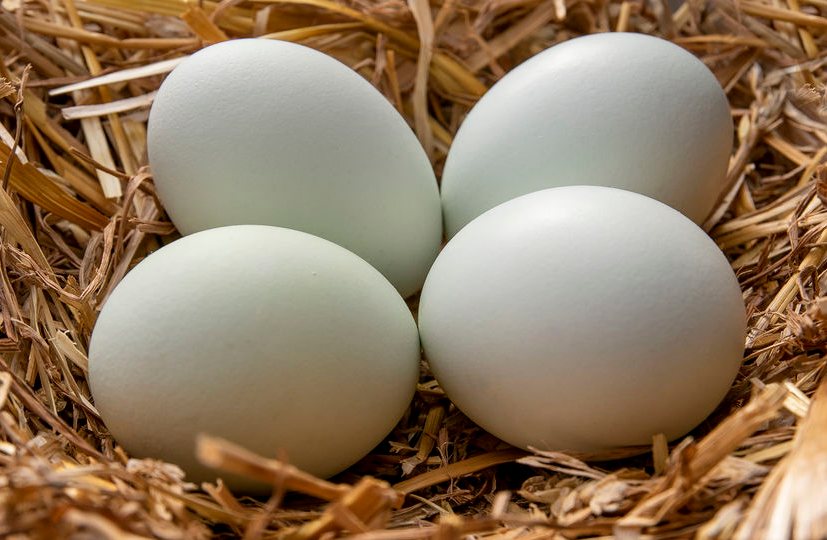 |
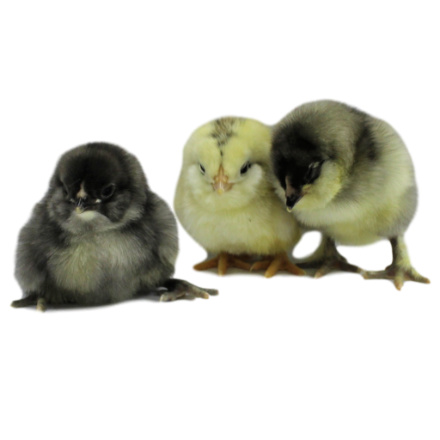 |
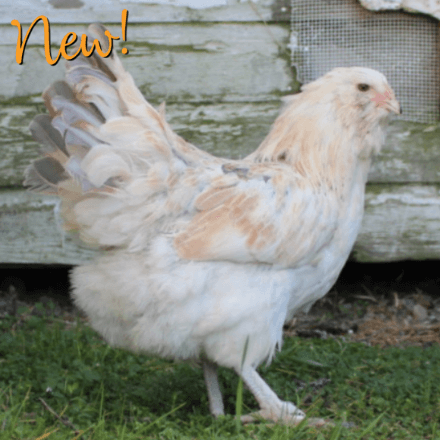 |
| Soaring Eagle | Black Jersey Giant | 180 | 200 | very cold hearty | Calm & Easy Going | Medium | 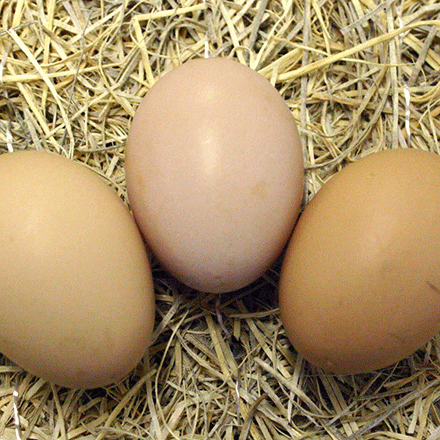 |
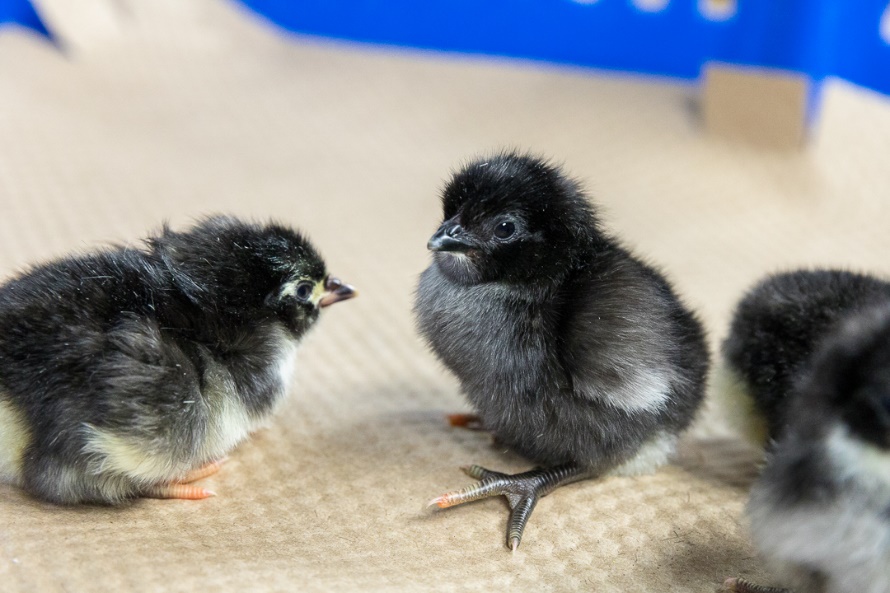 |
 |
